









Stylus
"It sits on the shore where the Ionian quivers" and tells centuries of history, worship and beauty


Where

The Ancient Town that Introduces the Calabrian Serre
Stilo occupies one of the terraces on the southeastern slope of Mount Consolino (701 m), a limestone relief with an unmistakable appearance. The town gives its name to the Stilaro river, which originates in the heart of the Serre and, after a winding descent, reaches the Ionian Sea. The valley, in turn, is ascended by the road that with a long diagonal reaches the Tyrrhenian Sea, passing below Mount Pecoraro (1423 m), the highest elevation of the ridge, and Mount Cucco (958 m), which is its main hinge. It's a coast-to-coast journeynot to be missed, which, starting right from Stilo, enters its most spectacular stretch, among lush forests and tumultuous waters.
A Symbol of the Byzantine Presence in Calabria
Stilo was the most important Byzantine center in southern Calabria. An exceptional witness to that period is a tiny church located on a hill in the upper part of the town. It's called the Cattolica, from the Greek katholikòn as it was a reference point for the Basilian hermitages, otherwise known as laure, carved into the caves of Mount Consolino. Built of bricks, it has a square plan with three semicircular apses and five small domes, the central one towering over the others. This type of sacred building is common in Asia Minor, but rarely so well-preserved. The monument was saved from ruin thanks to the famous archaeologist Paolo Orsi who, in 1927, highlighted its importance, thus helping to make it an icon of Calabria.
The Long History of the Iron and Steel Industry in the Serre
Stilo, along with the neighboring towns of Mongiana and Pazzano, owes its wealth to the iron and silver mines active in the Mount Consolino area from the Middle Ages to the second half of the nineteenth century. Stilo, in particular, could count on a forest heritage sufficient to meet the fuel needs of the ironworks scattered throughout the Stilaro valley. This was the so-called Stilo Forest, a vast beech forest, still of exceptional naturalistic value, in the heart of which, at the end of the eighteenth century, an avant-garde iron and steel complex was set up. It was a source of pride for the Kingdom of the Two Sicilies, so much so that the sovereign called to inaugurate it, Ferdinand II of Bourbon, appreciated it being named la Ferdinandea.
A Caravaggesque Masterpiece in the Duomo
The historic center, which adapts its dense network of streets to the contour lines of the mountain, has its religious hub in the Duomo dedicated to Santa Maria d'Ognissanti. A building of medieval foundation (13th-14th century), it retains only the eloquent ogival portal of Gothic-Swabian art from its original forms, probably the work of Northern European masters. Inside, on the back wall, a painting of the Madonna d'Ognissanti (1619) stands out, exceptional both in size and pictorial caliber, a masterpiece by Giovanni Battista Caracciolo (1578–1635), known as Battistello, a follower of Caravaggio in Naples. Back outside, from a balcony next to the church, your gaze finds a gap between the houses and stretches over the Stilaro riverbed all the way to the sea.
The Philosopher of the City of the Sun
One of Stilo's proudest boasts is that it was the birthplace of Tommaso Campanella (1568-1639), a Dominican friar and author of the famous philosophical treatise The City of the Sun. A notable monument in the center of Piazza Carnovale commemorates him, a bronze sculpture from 1923 that portrays him in a thoughtful attitude, the work of an important twentieth-century master, Ernesto Gazzeri (1866-1965). Campanella's name is linked to various places in the city, starting from the conventual church of San Domenico, where he wrote some of his most important works.
Enter the Map of Italy's Undiscovered Wonders and find treasures where you least expect it... Inspire, Recommend, Share...
Contacts
Collections
The Map thanks:
PSC 2014-2020 del Ministero del turismo - Avviso “Montagna Italia” - Progetto le Montagne del sole - Codice CUP J38J22000450008

In the Community
Enter the Map of Italy's Undiscovered Wonders and find treasures where you least expect it... Inspire, Recommend, Share...
The road to Serra San Bruno
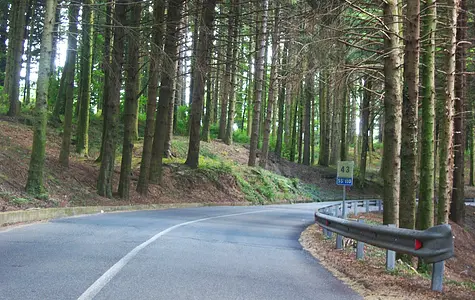
INTRODUZIONE
The road to Serra San Bruno

2 di 7
Stylus

3 di 7
The Road of Serra San Bruno - Bivongi
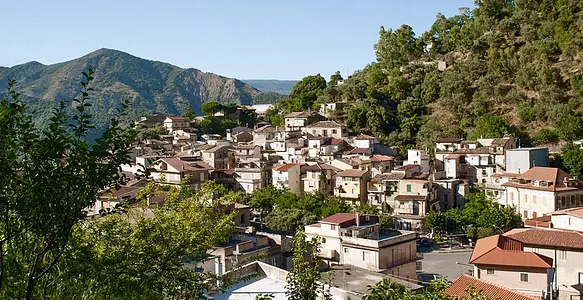
4 di 7
The Road of Serra San Bruno - Pazzano
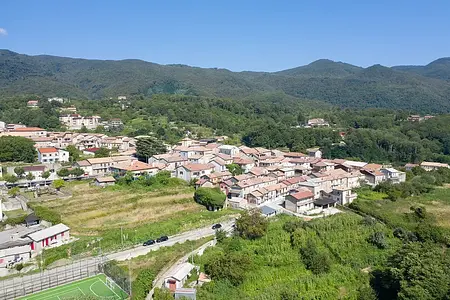
5 di 7
The Road of Serra San Bruno - Mongiana
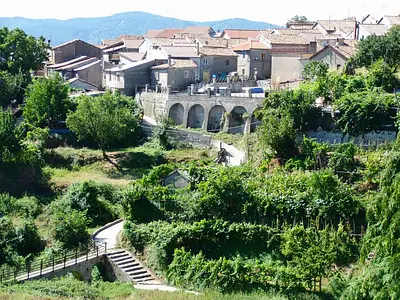
6 di 7
The road to Serra San Bruno - Fabrizia
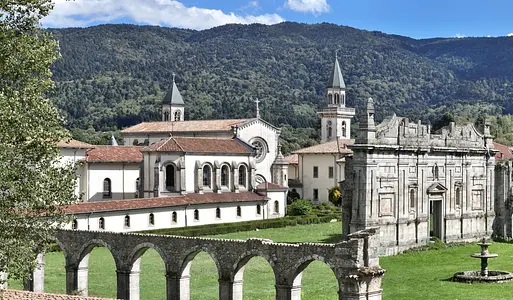
7 di 7
The Road of Serra San Bruno - Serra San Bruno
Where

Contacts
Collections

